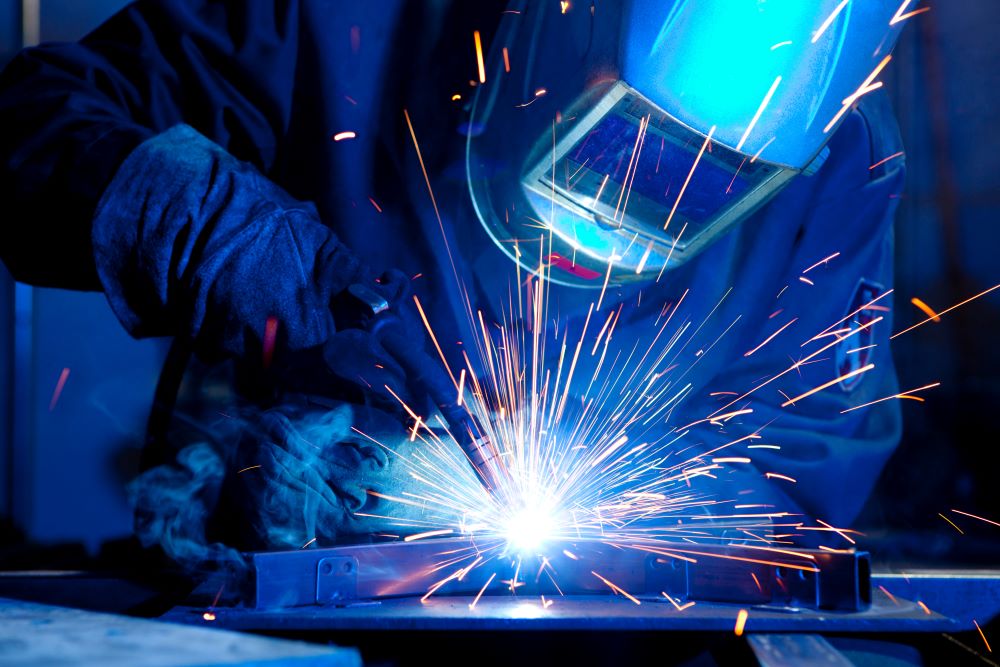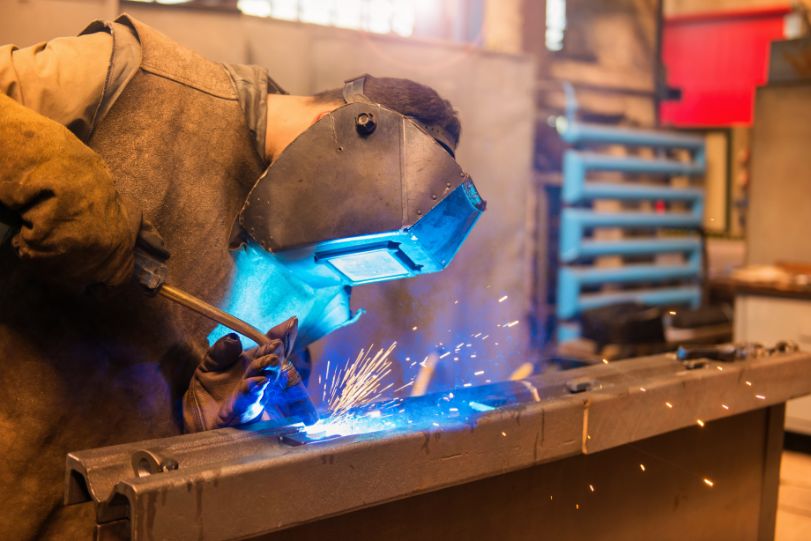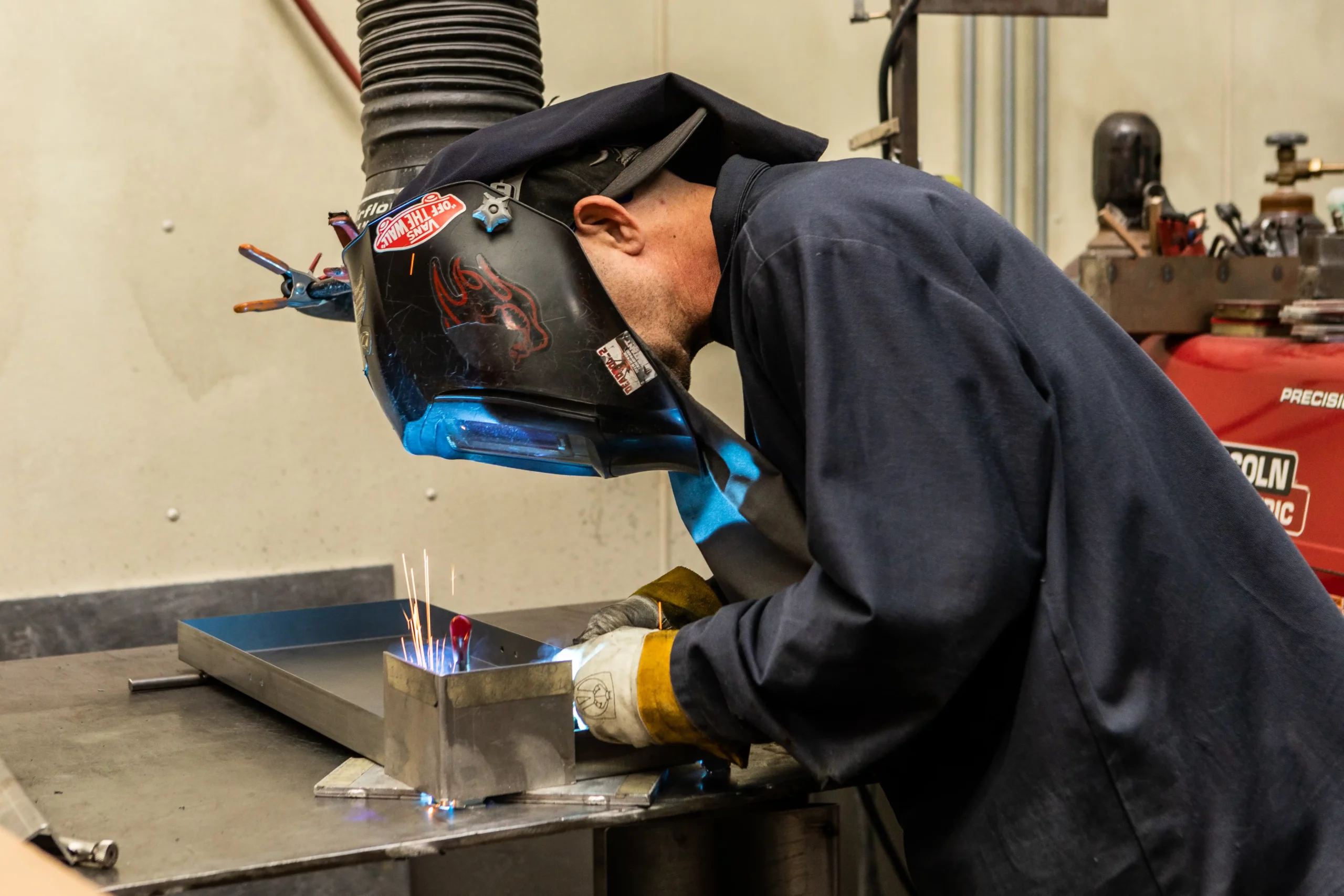Recognizing Welding WPS: Comprehensive Overview for Welders
The Ultimate Guide to Welding WPS Procedures: A Thorough Overview for Welders
In the elaborate world of welding, Welding Procedure Specifications (WPS) serve as the backbone of making certain high quality, uniformity, and safety and security in welding operations (welding WPS). As we delve into the numerous parts of a WPS and discover the intricacies of certification and accreditation, we will discover the vital duty these procedures play in the realm of welding.
Significance of WPS Procedures
Comprehending the importance of Welding Treatment Specifications (WPS) procedures is important for making certain the top quality and honesty of bonded frameworks. WPS treatments serve as a roadmap for welders, describing the necessary steps, specifications, and products required to accomplish a sound weld. By adhering to WPS guidelines, welders can make sure uniformity in their work, causing trusted and structurally sound welds.
One of the key factors why WPS treatments are important is their duty in maintaining weld quality and stability. Adhering to the specified welding specifications and methods outlined in the WPS helps stop issues such as porosity, cracking, or incomplete combination, which can jeopardize the toughness and durability of the weld.

Elements of a WPS
A Welding Procedure Specification (WPS) typically comprises crucial parts that detail the specific needs for carrying out a weld, making sure consistency and top quality in the welding process. The key parts of a WPS include necessary variables such as base metals, filler metals, interpass and preheat temperatures, welding procedures, protecting gases, welding positions, and post-weld warmth treatment needs.
Base steels refer to the materials being signed up with, while filler steels are used to fill up the void in between the base metals during welding. The welding process details the details technique to be used, whether it's gas metal arc welding (GMAW), secured steel arc welding (SMAW), or another method. Welding settings define the positionings in which welding can be executed.

Qualification and Accreditation
Having actually developed the necessary parts of a Welding Procedure Specification (WPS), the focus now shifts in the direction of the essential facets of certification and qualification in welding practices.

Certification, on the other hand, is the official page acknowledgment of a welder's credentials by an appropriate qualification body or organization. Welding accreditations are typically based upon the particular welding procedures, materials, and settings a welder is certified to deal with. Holding a valid welding qualification demonstrates that a welder satisfies sector standards and is proficient to execute welding tasks to the needed requirements.
Creating a WPS
To establish a Welding Treatment Requirements (WPS) that meets industry requirements, cautious factor to consider of welding procedures, products, and functional parameters is necessary (welding WPS). The initial step in developing a WPS is to recognize the welding procedure to be used, such as gas metal arc welding (GMAW) or protected steel arc welding (SMAW) When the welding procedure is established, the next essential element is choosing the proper products, taking into consideration factors like base metal type, thickness, and joint design. Functional specifications such as welding present, voltage, traveling rate, and protecting gas structure need to additionally be diligently specified in the WPS.

Carrying Out and Keeping An Eye On WPS
Upon wrapping up the extensive Welding Treatment Spec (WPS) that meticulously information welding processes, products, functional specifications, and top quality assurance actions, the focus moves to efficiently executing and keeping an eye on the well established treatments. Application entails guaranteeing that all welders entailed in the read more job are acquainted with the WPS and follow it carefully throughout the welding procedure. Effective application and monitoring of the WPS are important for making certain the stability, toughness, and safety of the welded joints, eventually adding to the overall success of the welding task.
Final Thought
In verdict, understanding and complying with Welding Treatment Specs (WPS) is important for welders to make certain quality, consistency, and security in their job. By recognizing the components of a WPS, acquiring appropriate credentials and qualifications, creating thorough procedures, and you can try these out executing and monitoring them successfully, welders can boost their abilities and effectiveness in welding techniques. Sticking to WPS procedures is important for creating top notch welds and conference sector standards.
In the intricate world of welding, Welding Procedure Specifications (WPS) serve as the foundation of guaranteeing high quality, consistency, and security in welding operations. The welding process describes the particular method to be utilized, whether it's gas metal arc welding (GMAW), shielded metal arc welding (SMAW), or another method.To develop a Welding Procedure Requirements (WPS) that satisfies market standards, cautious consideration of welding procedures, materials, and functional criteria is vital. The very first action in developing a WPS is to determine the welding process to be made use of, such as gas metal arc welding (GMAW) or secured metal arc welding (SMAW)Upon settling the detailed Welding Treatment Requirements (WPS) that carefully information welding processes, products, functional parameters, and quality guarantee measures, the focus shifts to efficiently carrying out and keeping an eye on the recognized treatments.